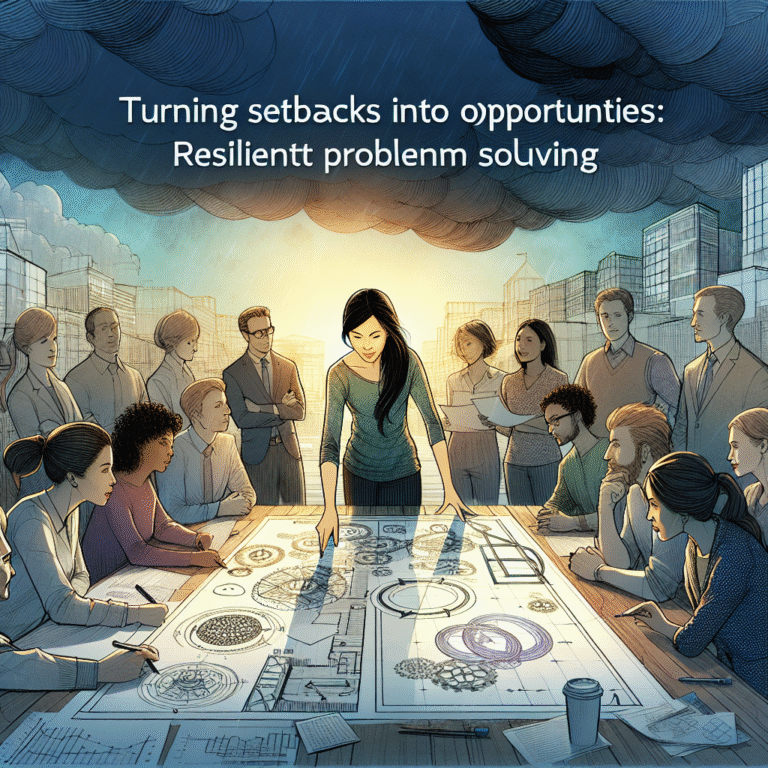Introduction
Have you ever wondered why certain advertisements catch your eye while others fade into the background? Or what makes a particular design appealing over another? The answer lies in a fascinating field of study known as gaze tracking. The Eye-Factor: How Tracking Our Gaze Reveals Hidden Preferences delves into how our eyes can be windows to our preferences, desires, and behaviors. As we move through an increasingly visual world, understanding where we direct our gaze can decode complex layers of decision-making processes.
Imagine if businesses could leverage such insights to tailor experiences, or if educators could enhance learning environments based on how students visually engage with materials. The implications are vast—and this article will explore them in detail.
Understanding the Science of Gaze Tracking
What is Gaze Tracking?
Gaze tracking is a technique that involves measuring where a person is looking. By using advanced technology such as eye-tracking cameras and software, researchers can monitor gaze direction, fixations, and the duration of focus. This information reveals insights beyond simple observation – it provides a roadmap of human cognition.
How Does Gaze Tracking Work?
Gaze tracking technology utilizes various methods, including:
- Electrooculography (EOG): Measures electrical potential differences around the eyes.
- Video-Based Tracking: Involves using cameras to analyze eye movement patterns.
Through these systems, researchers can develop a clear picture of visual attention and preferences.
The Eye-Factor in Action: Real-World Applications
Case Study 1: Marketing and Advertising
In a 2017 study by the Nielsen Group, the effectiveness of advertisements was analyzed through gaze tracking. Brands were able to optimize their marketing strategies by understanding which elements of an ad generated the most attention. By focusing on creative attributes that aligned with the audience’s gaze, companies like Coca-Cola significantly improved their ad performance.
Analysis: This case emphasizes the potential of The Eye-Factor: How Tracking Our Gaze Reveals Hidden Preferences in optimizing marketing campaigns. By catching the eye of consumers in a cluttered marketplace, brands can elevate their messaging and connect more meaningfully with their audience.
Case Study 2: User Experience (UX) Design
In the realm of UX design, several tech firms have applied gaze tracking to enhance website user interfaces. For instance, a study conducted by the Massachusetts Institute of Technology (MIT) found that users spent more time fixating on specific areas of a webpage that contained relevant content. Adjustments were made based on gaze insights, leading to a 30% increase in user engagement.
Analysis: This showcases how The Eye-Factor: How Tracking Our Gaze Reveals Hidden Preferences can significantly impact digital design, creating interfaces that are intuitive and user-friendly.
Case Study 3: Education and Learning
An interesting application is in the education sector, where gaze tracking is used to assess student engagement. A study by the University of California showed that students who were taught through interactive digital platforms displayed longer gaze durations at critical learning materials compared to traditional methods. This resulted in improved retention rates.
Analysis: This highlights the potential for The Eye-Factor: How Tracking Our Gaze Reveals Hidden Preferences to shape teaching methodologies, making learning environments more effective and engaging.
Critical Insights from Gaze Tracking Studies
Table 1 below summarizes key findings from multiple studies in various domains that utilized gaze tracking technology:
| Domain | Key Finding | Impact |
|---|---|---|
| Marketing | Ads optimized through gaze patterns saw 25% uplift | Enhances brand visibility |
| UX Design | Engagement increased by 30% post-optimization | Leads to higher user satisfaction |
| Education | Interactive materials yielded better retention | Transforms teaching outcomes |
The Eye-Factor: How Tracking Our Gaze Reveals Hidden Preferences in the Future
The Role of Artificial Intelligence
As AI technology evolves, so too will the sophistication of gaze tracking systems. Companies can expect refined algorithms that analyze not only where we look but also predict what decisions we will make based on historical gaze data. This predictive analytics aspect will allow businesses to curate personalized experiences unlike any before.
Ethical Considerations
While The Eye-Factor: How Tracking Our Gaze Reveals Hidden Preferences opens new doors, it also raises ethical considerations. Issues surrounding privacy and consent are paramount. As gaze tracking technology becomes more prominent, it’s essential for researchers and companies to prioritize ethical practices in data gathering.
Conclusion
It’s clear that understanding eye movements can unlock a wealth of information about human behavior and preferences. Whether it’s a marketer seeking the next innovative way to reach consumers, a designer enhancing user experiences, or an educator aiming for improved student outcomes—the insights derived from gaze tracking hold transformative potential.
The Eye-Factor: How Tracking Our Gaze Reveals Hidden Preferences not only offers us a glimpse into our subconscious choices but also empowers us with the ability to curtail experiences to better serve individual needs. Ultimately, it’s about enhancing connections—between brands and customers, educators and students, and technology and humanity.
FAQs
1. What is gaze tracking technology?
Gaze tracking technology measures eye movements to determine where a person is looking. This data can reveal hidden preferences and interests.
2. How can businesses benefit from gaze tracking?
Businesses can optimize marketing strategies, improve user experience, and create more targeted content by understanding gaze patterns.
3. Is gaze tracking accurate?
Yes, modern gaze tracking technologies are highly accurate. They can provide detailed data about fixation points and eye movement patterns.
4. What are the ethical concerns related to gaze tracking?
Key concerns include privacy, consent to data collection, and the potential misuse of gaze data to manipulate behaviors.
5. Can gaze tracking be used in the healthcare industry?
Absolutely! Gaze tracking can be used in rehabilitation therapies, assessing cognitive and visual skills, and even aiding in diagnosing conditions.
Through the lens of The Eye-Factor: How Tracking Our Gaze Reveals Hidden Preferences, we glean vital insights into human decision-making processes, paving the way for an array of applications across industries. As this field evolves, so too will our understanding of human interactions with the world around us. Are you ready to see where your gaze leads you?














